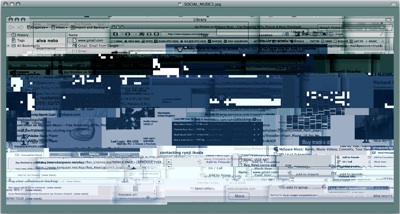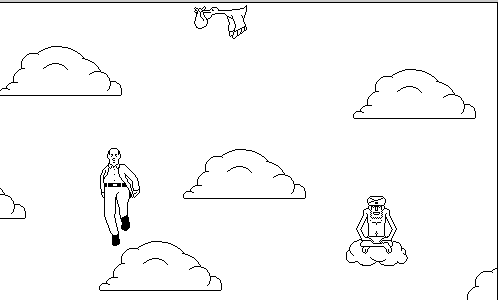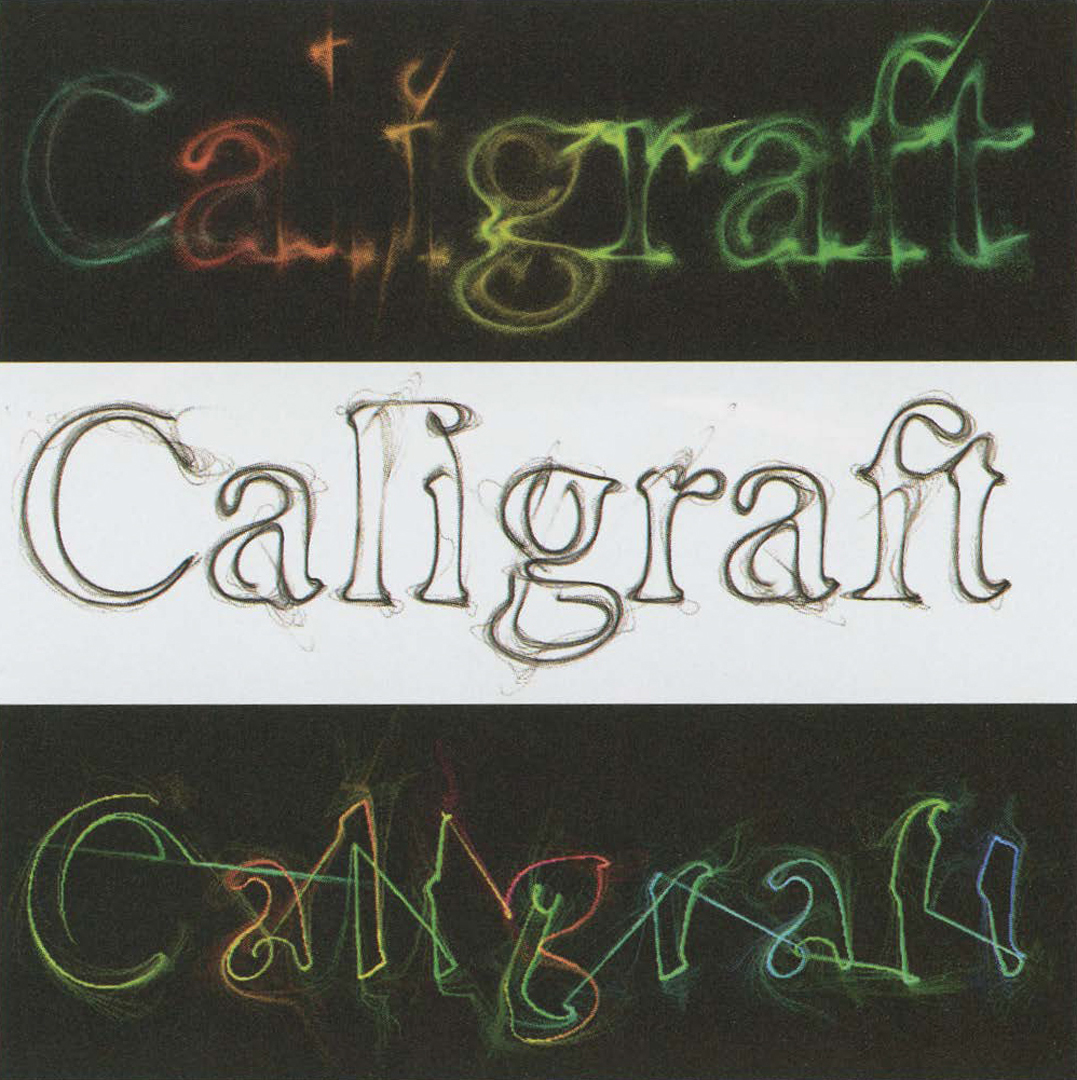In questo post, la storia di Nabaztag è tratta da Wikipedia, con qualche nota del sottoscritto.
La parola Nabaztag (“նապաստակ” che in lingua armena significa coniglio), indica il coniglio wifi ideato da Rafi Haladjian e Olivier Mével e prodotto, nel 2005 dalla compagnia francese Violet.
Alto 23 centimetri, per un peso di 418 grammi, dispone di svariate abilità, tra le quali dare le previsioni del tempo, declamare le ore, segnalare eventuali messaggi di posta elettronica e illuminarsi per mezzo di LED colorati, muovendo le orecchie e pronunciando imprevedibili battute. Può inoltre riprodurre messaggi testuali ed MP3. Con il passare del tempo altri svariati servizi sono stati implementati. È inoltre scomparsa la distinzione tra servizi base e servizi su abbonamento, anch’essi divenuti gratuiti. Esistono anche dei servizi sviluppati dagli stessi utenti (musica, notizie, curiosità) denominati “Nabcast”.
L’oggetto, venduto a partire da giugno 2005, alla fine di ottobre 2006 aveva raggiunto i 35.000 esemplari nella sola Francia. A fine 2006 viene introdotto un modello più avanzato, il Nabaztag:tag che supporta lo streaming mp3 via internet, ha un microfono per ricevere comandi vocali e un lettore di RFID con tag personalizzati per ricevere comandi. Questo modello, inoltre, è dotato di tecnologia PULL, ossia può interrogare il server di propria iniziativa. A settembre 2007 sono presenti più di 180.000 Nabaztag in tutto il mondo.
Il 20 ottobre 2009 Violet, in difficoltà per una gestione dissennata, è acquistata dal noto software publisher Mindscape che immette sul mercato un modello ancora più avanzato chiamato Karotz con webcam e maggiori capacità di memoria. Ben presto, però, anche quest’ultimo entra in crisi. Il 29 luglio 2011 Mindscape comunica lo spegnimento dei server di gestione di Nabaztag creando in un solo colpo 180.000 orfani, ma rende pubblico il codice per la gestione dei “coniglietti” multimediali, rendendo possibile a diverse comunità utenti di creare dei nuovi server. Comunque, le varie comunità utente hanno privilegiato soluzioni alternative, basate sui progetti Opensource OpenJabNab, Nabizdead e OpenNag, più semplici da implementare dell’originale server (denominato “burrow”, con riferimento alle tane dei conigli selvatici) Violet/Mindscape ma privi del supporto per le vecchie unità Nabaztag di prima generazione. Le comunità utente sorte nell’immediata chiusura del server “ufficiale” supportano infatti i soli Nabaztag:tag.
In seguito Mindscape è acquisita da Aldebaran Robotics, azienda specializzata in robot giocattolo ed amatoriali, che vende ad esaurimento le scorte di Karotz senza sviluppare il prodotto, malgrado esso avesse incorporati e ben visibili evidenti agganci per accessori ed estensioni. Infine, con un annuncio scioccante del suo CEO comunica lo spegnimento dei server dei Karotz per il 18 febbraio 2015 segnando, così, la fine del progetto la cui esistenza resta affidata ai server amatoriali.
Dalla creazione di Nabaztag, Antoine Schmitt ne è il designer comportamentale e Jean-Jacques Birgé il designer sonoro. Insieme, hanno anche composto l’Opera Nabaz’mob per 100 conigli tra loro comunicanti, che ha vinto il Prix Ars Electronica Award of Distinction Digital Musics 2009 e di cui si può vedere un estratto in questo video.
Il video in questa pagina è un estratto più breve, ma l’audio è migliore.

















 ToBeContinued…
ToBeContinued…

 In Giappone la gru è un animale mistico e si dice che possa vivere per 1000 anni.
In Giappone la gru è un animale mistico e si dice che possa vivere per 1000 anni.


 Questa è decisamente notevole. Una grande idea di Craig Giffen. Sono rimasto colpito a guardare la pagina per un bel po’ (sì, sono affascinato dagli orologi almeno quanto gli antichi cinesi, anche se li odio (gli orologi, non i cinesi), così come odio il tempo che passa).
Questa è decisamente notevole. Una grande idea di Craig Giffen. Sono rimasto colpito a guardare la pagina per un bel po’ (sì, sono affascinato dagli orologi almeno quanto gli antichi cinesi, anche se li odio (gli orologi, non i cinesi), così come odio il tempo che passa).
 Questo, nel 2007, era
Questo, nel 2007, era 
